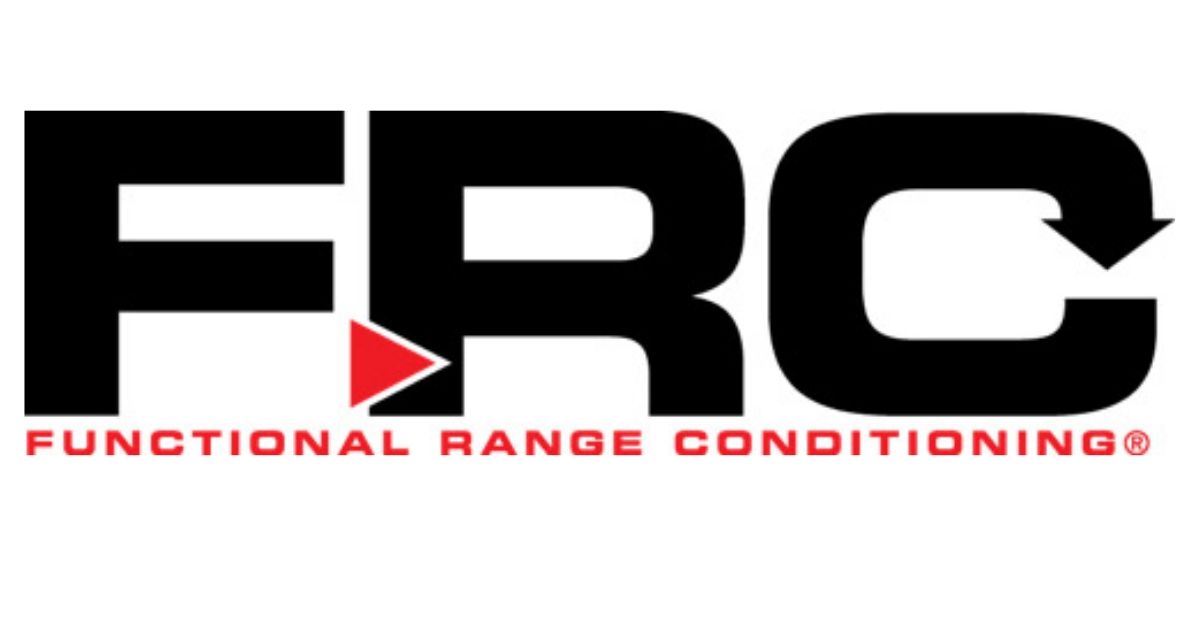How to make Flexibility and Mobility GAINS
Most people are aware of the term flexibility and often a strong aim for dancers and yogis. By what people confuse is the terms mobility and flexibility. Mobility is the active range of movement and is should be an alternative better focus than just pure flexibility. In this article I will talk about how you can increase your mobility through principles of Functional Range Conditioning (FRC).
Flexibility can be described as passively moving through your current available range of motions. Mobility differs as it is defined as active movement through your available range of motion.
Although stretching is notoriously know for increasing flexibility and preventing injury. There is scientific evidence showing that stretching prevents injury and may even contribute to it.
Your ability to increase your range of movement is predominantly governed by the Stretch Reflex which is a reflex mechanism in your muscles that prevent you from becoming injured. Is stretch reflex is controlled in the brain by your central nervous system (CNS).
The main methods to increased flexibility are through the principles of progressive adaption and the principle of specificity.
The principle of progressive adaption is when you apply incremental loads on a tissue result in adaption of the tissue in such away the tissue absorption capacity increases.
The principle of specificity is simply when you target your training to a specific body part, component of the body or skill. So in regards to flexibility tissue adaption is specific to the demand.
Based on the FRC mobility course one of the best ways to increase Mobility is through PAILS/RAILs which involves Isometric training.
Isometric training is type of strength training in which the joint angle and muscle length do not change during contraction. In layman’s terms you’re tensing a muscle without moving it.
Isometrics are useful in flexibility training because:
- They allow use to overcome the stretch reflex
- They can effectively recruit and activate muscle fibres
- They are safe and put you in less risk of injury compared to the other types of contraction (I.e. concentric and eccentric contraction)
- They help build strength and adapt tissue capacity in the long and short range of muscle
The way isometric training works is the CNS in your brain is convinced by muscular contractions to have control in a particular range. However, in order for isometric training to improve you mobility (active ROM) there must be a strengthening effect which can occur with your isometric contraction has high enough intensity. This is supported by evidence by Simao et al (2011) that found strength and stretching prescribed simultaneously result in optimal improvement in flexibility.
PAILS/RAILs– So PAILS and RAILs combines stretching with isometric training to help expand out mobility.
PAILs- Progressive angular isometric loading.
RAILS- Regressive angular isometric loading.
The aims of PAIL/RAILs is to teach your nervous system how to control larger ranges of motions and also prepare your tissues to function in the newly acquired ranges.
Note- PAILs and RAILs should NOT be used for during injuries because it could lead to further damage if the muscle/tissue is not fully recovered/ready for increased stress to be placed on it.
PAILs are isometric muscle contractions that strengthen the muscles placed on stretch. E.g. if your hip was in flexion (knees to chest), the progressive tissue would be the glutes and hamstrings (Gambino, n.d.).
RAILs are isometric muscle contractions that strengthen the muscles on the closing side of the joint. E.g. if your hip was in flexion, the regressive tissues would be your hip flexors and quads (Gambino, n.d.).
They help expand motion in two ways (Gambino, n.d.):
- They help teach the body that your end range of motion is safe. By driving a limb into an object and creating a strong muscular contraction – your nervous system realizes that the position is actually safe to be in. This then allows your RAILs contraction to allow you pull yourself into a deeper stretch, thus starting to expand your ranges.
- The muscle contractions on both sides of the joint help strengthen the end ranges, allowing them to become acquired actively over time.
If you were to only work the side of the joint that feels the stretch, you wouldn’t necessarily improve your mobility. This is because muscles not only need to learn to lengthen, but shorten as well. So RAILs contractions become just as important as PAILs (Gambino, n.d.).
The Process can be summed as follows-
- 1-2-minute hold a stretch position
- Contract deeper into the stretch for 10-20sec (PAILs)
- Contract the shorter angle, for 10-20sec (RAILS)
- Relax into new The goal is then to relax into the new position as much as possible.
*If you’re interested in working with me and utilise the FRC principles to make you a high performer then drop me a message
References-
- Gambino, J., n.d. Pails And Rails – What Are They Good For? | Kinstretch. [online] Kinstretch. Available at: <https://kinstretch.com/pails-rails-good/> [Accessed 2 April 2020].
